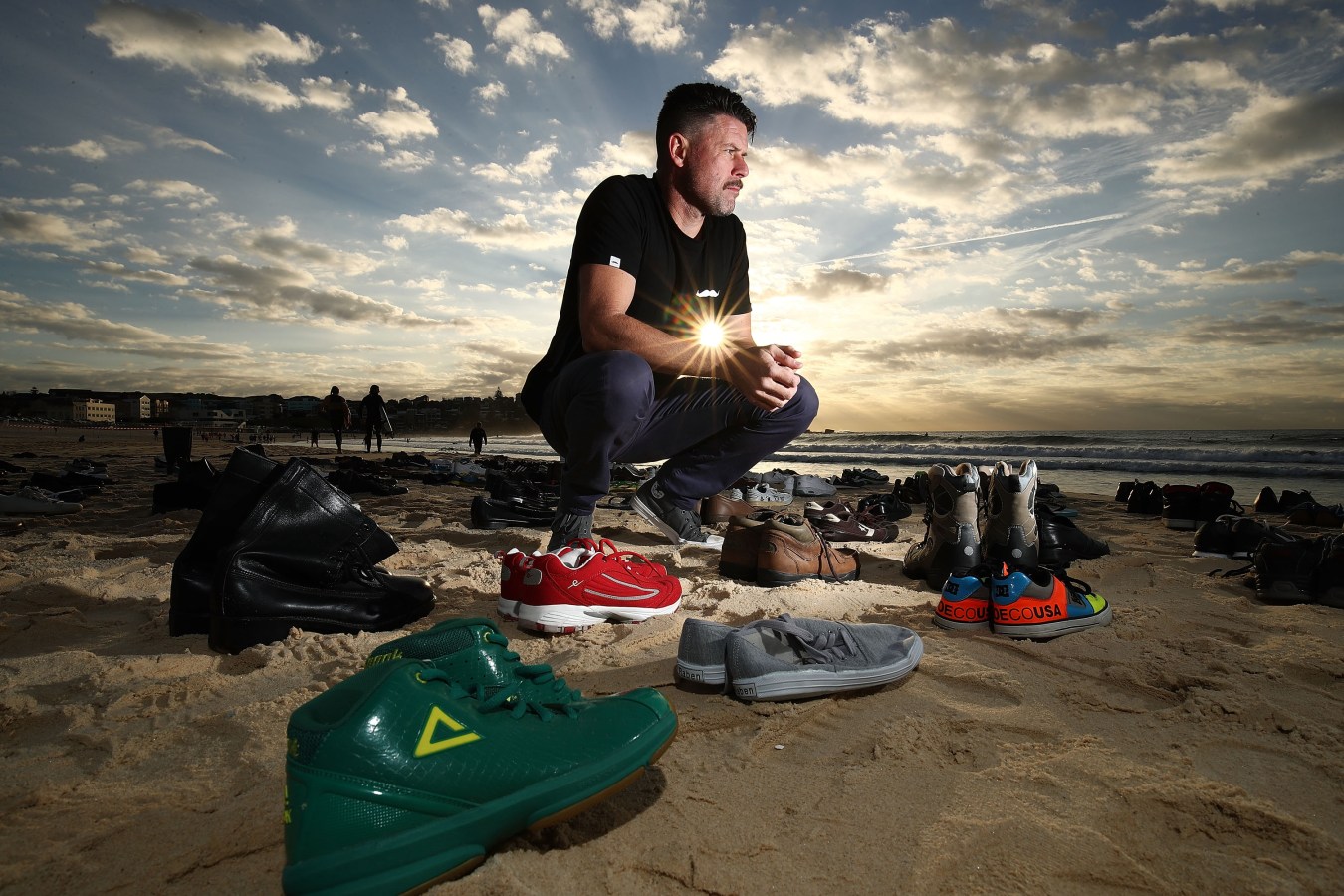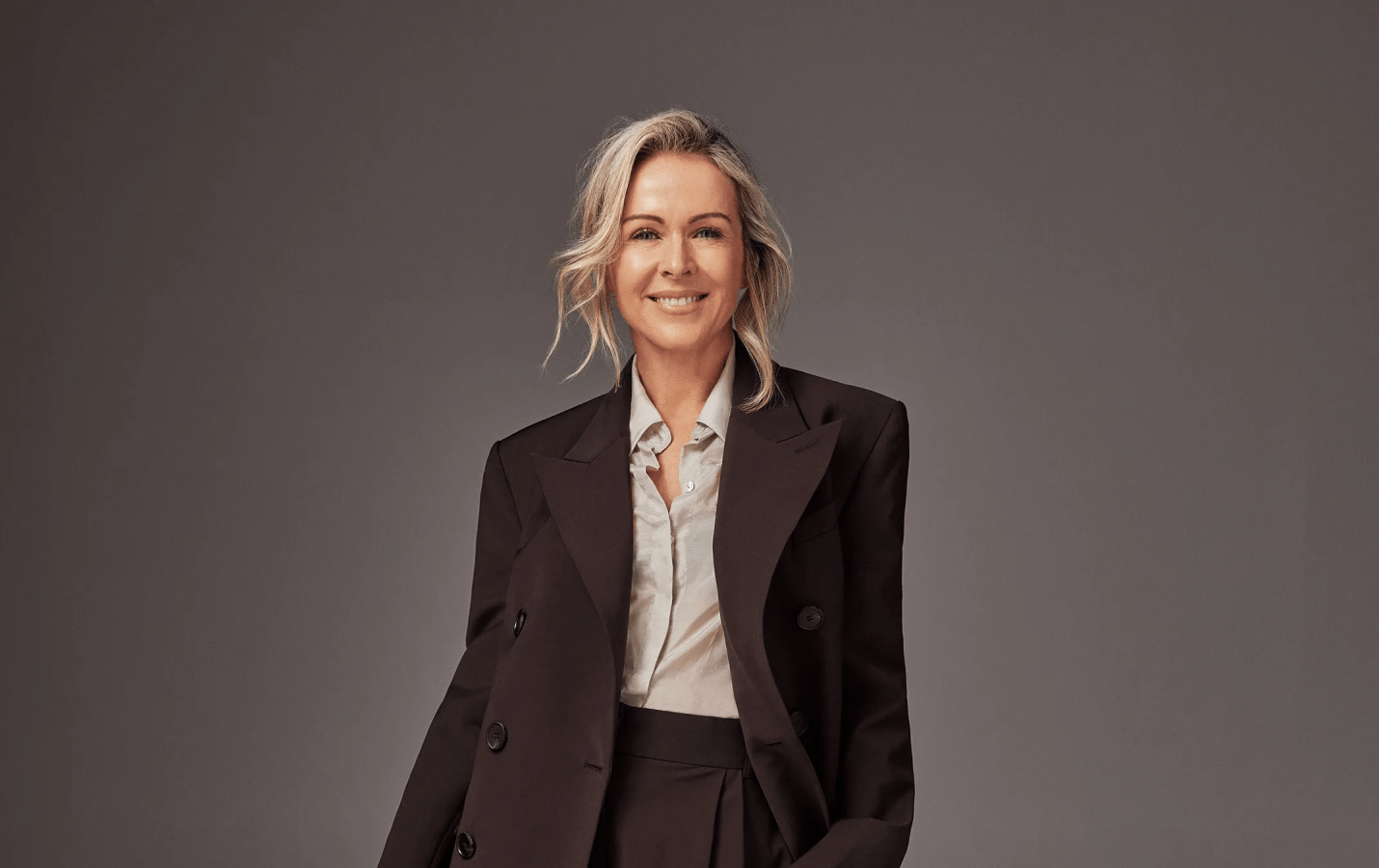The Triangl co-founder’s memoir strips the gloss off the lives of the mega-wealthy – and imparts important lessons about building a business.

Erin Deering was a Young Rich Lister, the co-founder of a multi-million-dollar swimwear brand and flying around the world in private jets when she hit rock bottom.
In her new memoir, Hanging by a Thread, Deering dives headfirst into a refreshingly honest tale about her journey with wealth, success, and poor mental health.
Deering founded Triangl with then-partner Craig Ellis in 2012 – and the brand soon took off, gaining immense popularity largely due to their social media strategy.
In 2018, Deering exited the business, but not before helping to turn Triangl into a multi-million-dollar business and cementing herself as one of Australia’s wealthiest young people.
Despite this, Deering has been open about the difficulties of her Triangl years.
The book’s prologue opens with a scene from Deering’s private yacht in Monaco. While the setting feels like it could’ve been plucked from a movie, what is taking place is a screaming match between Deering and Ellis.
Deering opens up on an eating disorder she battled for years, and details an episode of self-harm after the argument with Ellis.
Deering writes “I hate myself, I hated Craig, and I hated Triangl”.
This opening sets the stage for the rest of the book, which takes readers through Deering’s life, from her earliest entrepreneurial venture at age five, until her marriage to husband Zachary Keane, in June 2023.
Hanging by a Thread is a raw, honest, and at times painful depiction of a woman who has hit her breaking point.
But it is also smart, readable, and insightful – chock-full of business lessons from someone who has been there, done that, and marketed her way to the top.
Key takeaways from Hanging by a Thread
- The customer comes first
It may seem basic, but it’s something that Deering maintained absolute conviction in during her time at Triangl, and was integral in creating a loyal customer base for the brand.
She held onto her role communicating directly with customers until Triangl grew so big it became impossible to maintain.
Deering traces her dedication to customer relations back to an experience selling balloons for 20c a pop at a fair when she was a child, where she learned how much more can be achieved when you treat every individual as if they’re the most important person you’ll ever sell anything to.
2. Going into business with a loved one should be approached with much, much caution
One of the most compelling aspects of the memoir is the insight into the lives of a couple who founded a wildly successful business together.
Although multi-millionaire entrepreneurs with the world seemingly at their feet, Deering’s retelling of her relationship with co-founder Ellis touches on power imbalances, poor communication, and mental health struggles that plagued a failing relationship.
The idea for the business began on what was only the couple’s second date, and the boundaries between their personal life and their work life were virtually non-existent.
Although Deering goes to lengths to show that they both played a role in the relationship breakdown, it is a clear cautionary tale about what can happen when you go into business with the wrong person.
3. Play to your skill set
What did work well in Deering and Ellis’s relationship was their division of responsibilities within Triangl.
Deering’s savvy marketing ability meant she focused on sales and brand, while Craig was experienced in production and design.
There’s no denying that by beginning the business with clear and defined responsibilities, the co-founders set Triangl up for the success it would eventually achieve.
4. ‘Innovation is the only real way to defeat copycats’
… And copycats are inevitable.
As Triangl grew in popularity, knockoffs and copies of the designs sprung up everywhere.
Deering came to learn that the only way to overcome the brand’s copycats was to continue to evolve the product and leave the old copies and designs in the dust.
5. Your vision needs to be strong, but let customers curate the offering
Deering resisted making a ‘cheeky bottoms’ option for Triangl’s bikinis for a long time, but customers were increasingly requesting a skimpier cut.
Eventually, she relented, only to realise she loved the cheekier version of the product, and it fast became a popular option for Triangl customers.
“Your vision needs to be strong,” she writes in her memoir, “but it’s a fine line between holding strong on who you want to be vs letting go of the chokehold and allowing customers to help shape and curate the offering”.
6. Know when to give up and go home
One of the most powerful passages in the book is when Deering describes the moment, she decides to return home to Melbourne.
The millionaire had lived overseas in places like Hong Kong and Monaco for years and had refused to move back to Australia, for fear of feeling like a failure or like she was taking a step back.
Along with the decision to step back from Triangl, this was the first step in a long road to healing her struggles with her mental health.
7. Don’t let shame stop you from seeking help
This is one of the clearest takeaways from Deering’s memoir.
A need for independence, and embarrassment at not feeling happy when materially she had everything stopped the swimwear mogul from reaching for help when she desperately needed it.
Instead, she repeated bad patterns and habits and became increasingly self-destructed and emotionally disconnected from reality.
It was only when Deering finally overcame her shame and sought help that things began to turn around for the better.
Forbes Australia Issue 7 is out now. Tap here to secure your copy.



